- Author: Ed Perry
- Editor: Anne Schellman
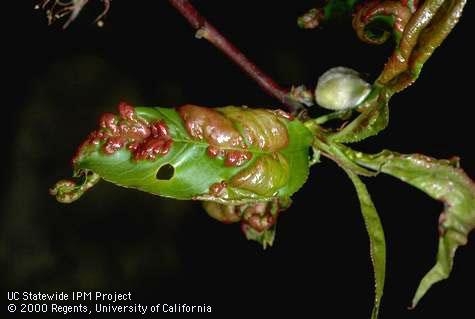
The peach leaf curl fungus is spread by tiny spores which are produced on infected leaves and blown about by wind. As leaves begin to emerge in the spring, the spores are washed onto them, and infection begins. If the weather remains cool and wet, young leaves will be continually infected. Throughout the winter, while the tree is dormant, the spores lie exposed on limbs, twigs and buds. It is during this period that the disease can be controlled with fungicide sprays. In the dry, hot weather of late spring and early summer, the disease stops spreading.
Spraying now during the dormant season helps prevent peach leaf curl in spring. Several products are generally effective in controlling peach leaf curl and are readily available at nurseries and garden stores. These include products containing basic copper sulfate. Make sure to do a thorough job of covering every bit of the tree with the spray.
Ed Perry is the emeritus Environmental Horticultural Advisor for University of California Cooperative Extension (UCCE) in Stanislaus County where he worked for over 30 years.
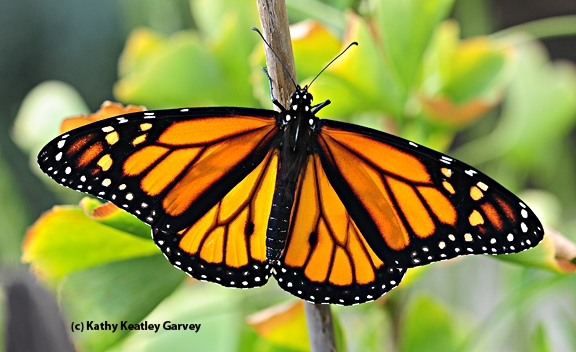
UCCE Stanislaus County Master Gardeners Rhonda Allen and Denise Godbout-Avant are looking forward to sharing their enthusiasm and knowledge about monarch butterflies with you!
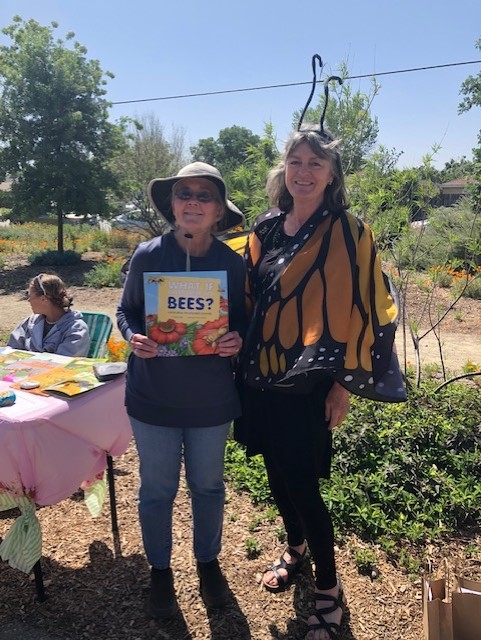
Date: Tuesday, December 20, 2022
Time: 9:00 am – 10:30 am
Where: Online
Register: https://ucanr.edu/monarchs/2022/online
Link: you'll be sent a link to log in with before the class.
- Author: Dr. Anthony Fulford
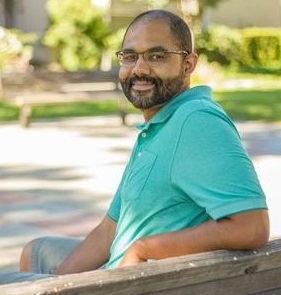
What is subsoil?
There are several layers (also known as “horizons” to soil scientists) that can be found when we dig deeper and deeper down into the soil. We can imagine all the individual layers of a soil stacked one on top of the other like a layer cake, this is called the soil profile. The surface soil is the uppermost layer of the soil profile, and the one we are most familiar with, because this is where most of the action takes place. Soil mixing with tillage, compost and fertilizer application, irrigation, plant root growth, and animal activity (including microbes) are mainly concentrated within the soil's surface layer. Additionally, decomposition of plant and leaf litter occurs most rapidly in the surface soil, this eventually leads to the formation of new soil organic matter. In comparison, the subsurface soil, or subsoil, is composed of one or more soil layers that lie below the influence of surface soil activities. There is not a consistent depth at which every surface soil layer changes into the subsoil layer(s), rather the subsoil occurs at a different depth from place to place depending on numerous factors, including some of the factors mentioned previously. This is the reason why it is difficult to determine where the subsoil layer begins in the soil profile.
What does subsoil contain?
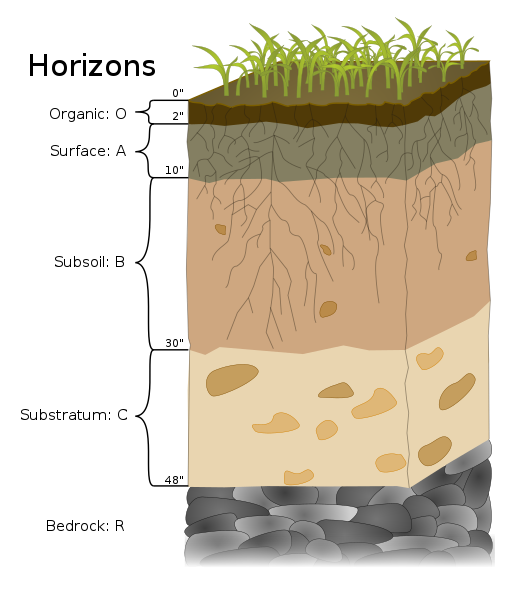
What does subsoil look like?
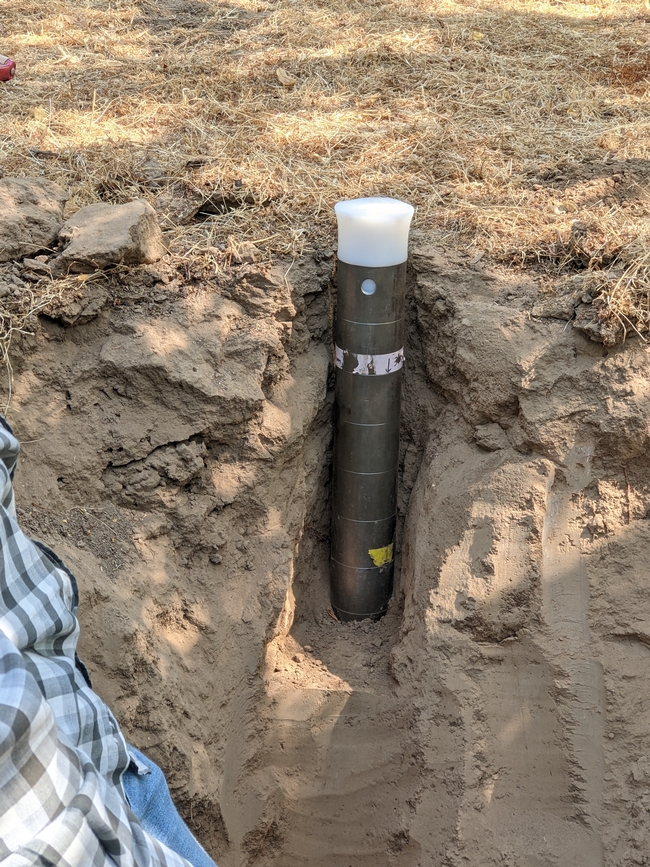
What is subsoil used for?
In general, the subsoil is a less suitable medium for plant growth compared to surface soil because of some of the factors mentioned previously. There are properties of subsoil however that make it suitable for other uses such as a source of “fill soil” for “cut-and-fill” construction operations, as a source of clay for building materials, and as an absorption layer for on-site wastewater disposal.
What can home gardeners do to keep their subsoil in great shape year after year?
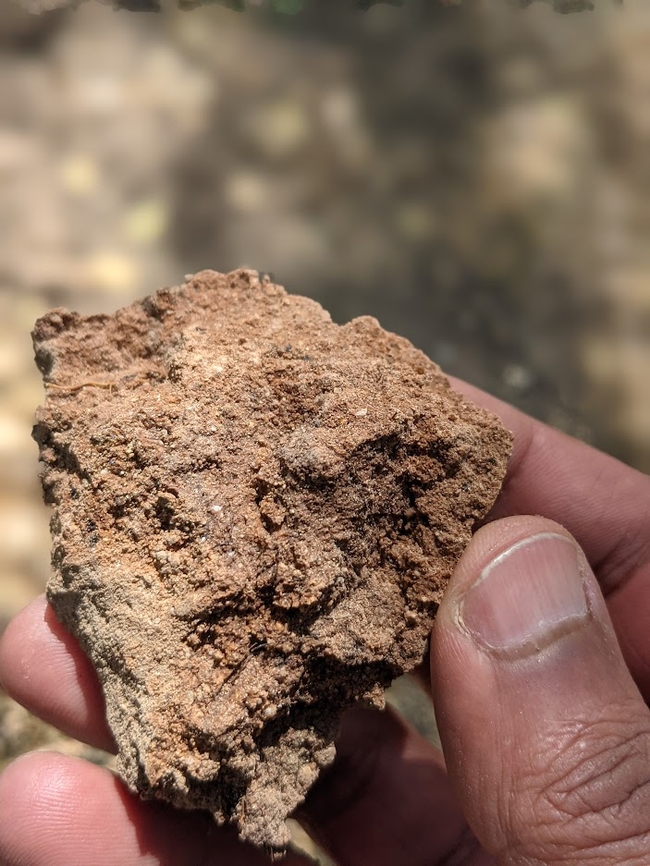
What is the substratum layer of soil? Does that layer affect gardening at all, and if so how?
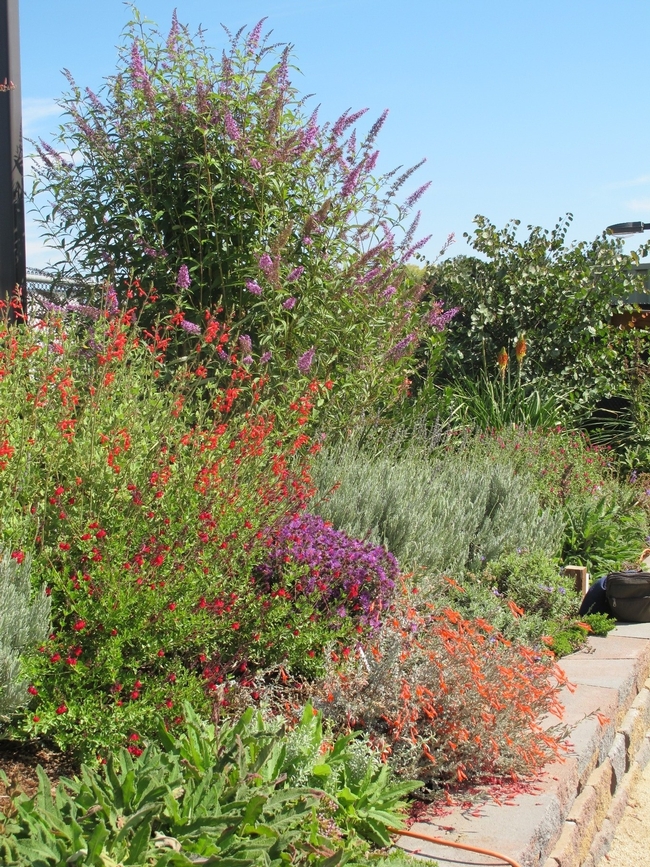
What is the bedrock layer? Does that layer affect gardening at all, and if so how?
Bedrock is the bottom layer of the soil profile layer cake. The bedrock layer consists of solid rock that has not yet been exposed to the chemical, physical, and biological processes of the surface soil and subsoil. In some places, bedrock is the foundation from which the overlying soil layers developed, while in other places, the bedrock layer may have become “buried” by windblown sand or sediment. Bedrock does not directly influence plant growth, but it can determine the type of clay minerals found in different layers of the soil profile.
Dr. Anthony Fulford is the Area Nutrient Management and Soil Quality Advisor for Stanislaus, Merced, and San Joaquin Counties.
- Author: Anne Schellman
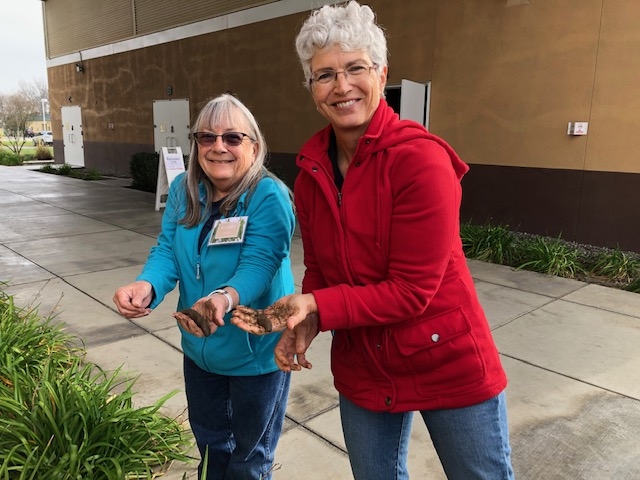
Do I need to test my garden soil?
The short answer is, “no.” Although many gardening magazines and websites advise gardeners to “test” their soil, it's unnecessary unless you suspect a major problem such as lead contamination or excess salts.
For a list of soil laboratories located in Stanislaus, Merced, Fresno, and Merced Counties, visit https://cemerced.ucanr.edu/ClimateSmartAg/HSP/SoilTest/Soil_Testing_Laboratories_in_Fresno_Madera_Merced_and_Stanislaus_Counties/
I think I have bad soil; nothing grows! What should I do?
The most common reason gardeners have trouble with soil is compaction, which results in poor drainage. This is often caused by compaction from heavy machinery or foot traffic. To improve soil, Master Gardeners recommend adding 4-6” of compost and mixing it into the soil. This is best done when soil is not wet. Since compost is an organic material that breaks down, continue to add it each season.
I think there are diseases in my soil, what should I spray?
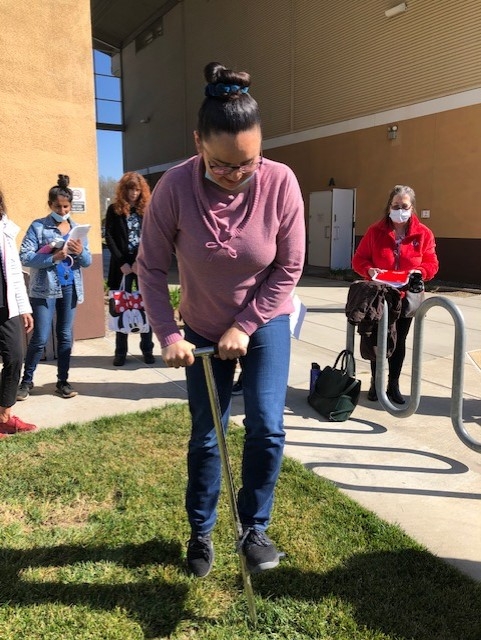
Should I add manure to my vegetable garden soil?
Manure is a great addition to prepare your soil for a vegetable garden. However, it's best to use composted manure and to incorporate it into the soil several weeks before you plant. If fresh manure is used, plants may turn yellow due to the high concentration of salts.
How often should I fertilize my fruit trees?
Fruit trees work hard to produce a crop and do benefit from applications of fruit tree fertilizer in spring. Always follow the instructions on the package and never apply more than is recommended.
Have a soil, fertilizer, or other question topic we didn't answer?
Our Master Gardeners are available on Wednesdays from 9:00 a.m. to noon in person or by phone (209) 525-6802. You can also drop off a sample during business hours and we will get back to you, or fill out this survey (you can also attach photos if needed):
http://ucanr.edu/ask/ucmgstanislaus A Master Gardener will get back to you within 5 days of your request.
UCCE Stanislaus County Master Gardeners
3800 Cornucopia Way Ste A
Modesto, CA 95358
If you live in another county in California, you can find your local Master Gardener program by using this link https://mg.ucanr.edu/FindUs/
- Author: Anne Schellman
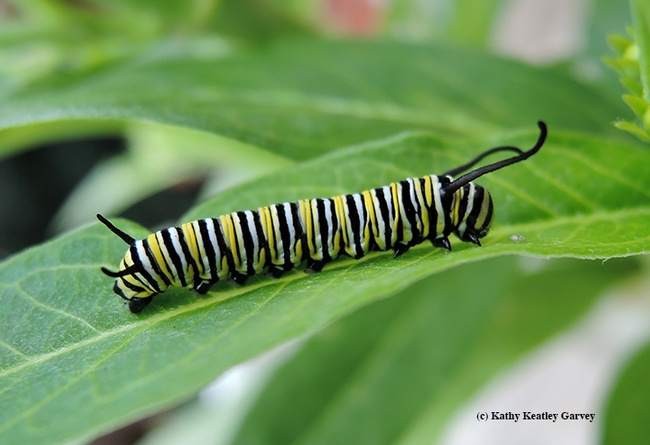
Thanks to donations from readers like you, our Pollinator Gardening project raised a total of $1,000. This amount will go towards our garden signage and pathway. We've sent out narrowleaf milkweed seed packets, which you should receive in the mail soon. Now is a great time to plant these seeds! As you've read, milkweed is the sole food source for monarch butterfly caterpillars. We are excited about the possibility of seeing these gorgeous yellow, black, and white caterpillars in our garden in the near future!
Next steps for the Pollinator Garden include adding mulch (next week!), planting more plants, and figuring out best ways to label the plants. Many of the native plants have their original name tags, so feel free to stop by. The garden is located on the west side of the Stanislaus Building at the Ag Center.
In the coming weeks we will add pollinator plants that are not native, but that have the same water requirements.
If you visit, don't let the lack of pathways stop you! Stroll right through and take a look. The plants are small now, but we expect spring blooms, and in another year they will have doubled in size. We will continue to update you on the progress of the garden
Missed Giving Tuesday but still want to give? You still can. Please make checks out to:
UC Regents and send to:
UCCE Stanislaus County Master Gardener Program
3800 Cornucopia Way, Ste A
Modesto, CA 95358
We still have plenty of milkweed seed packets left to send.
Thank you!

